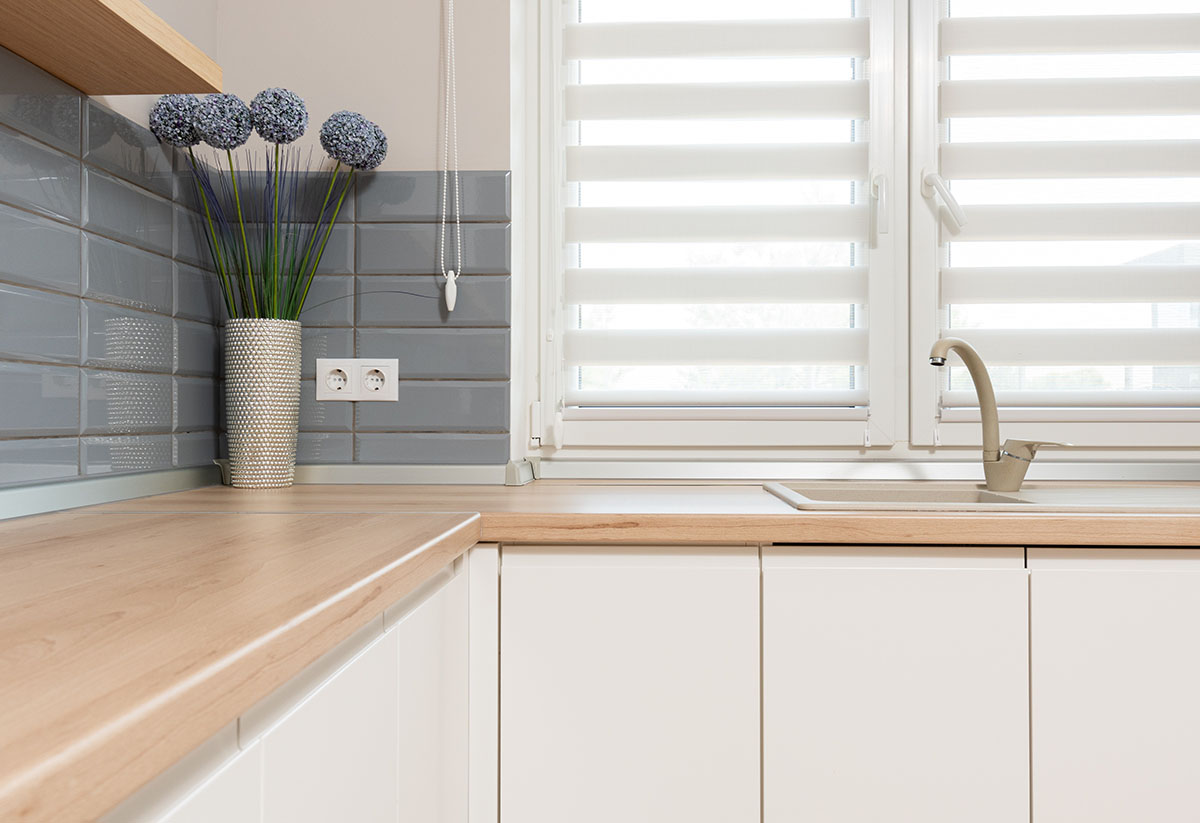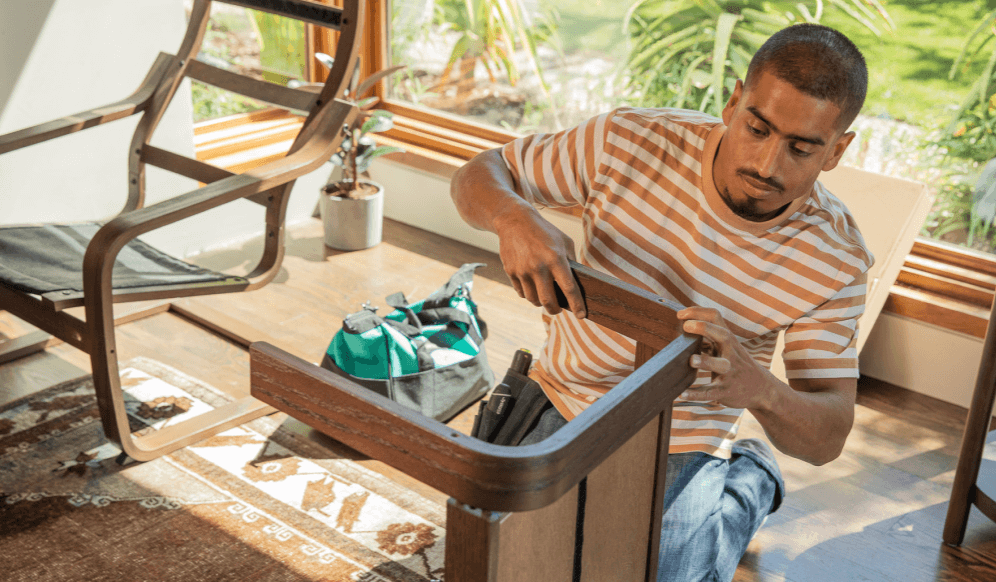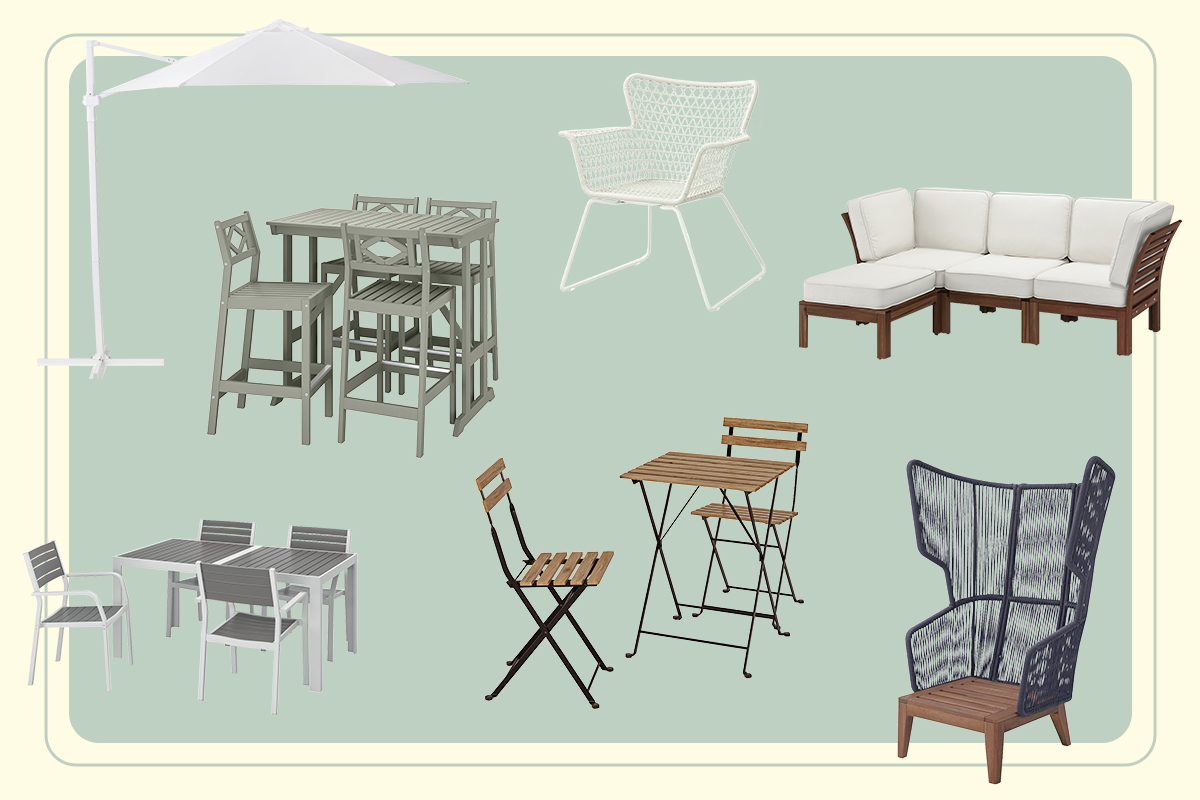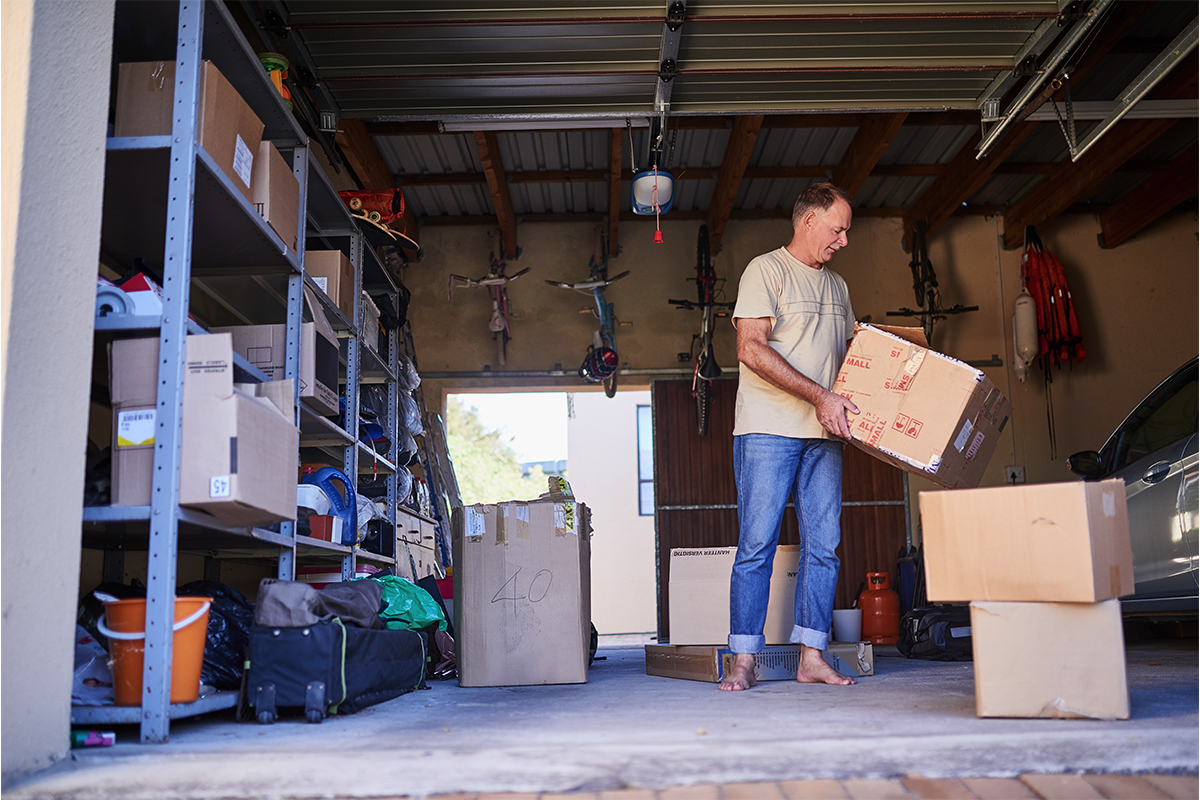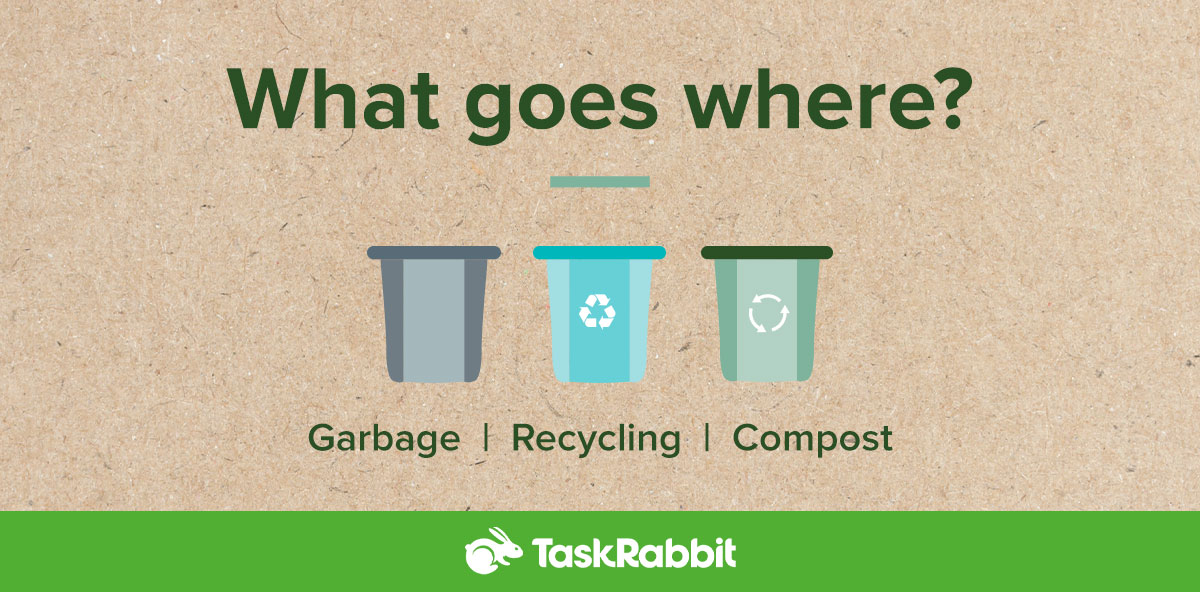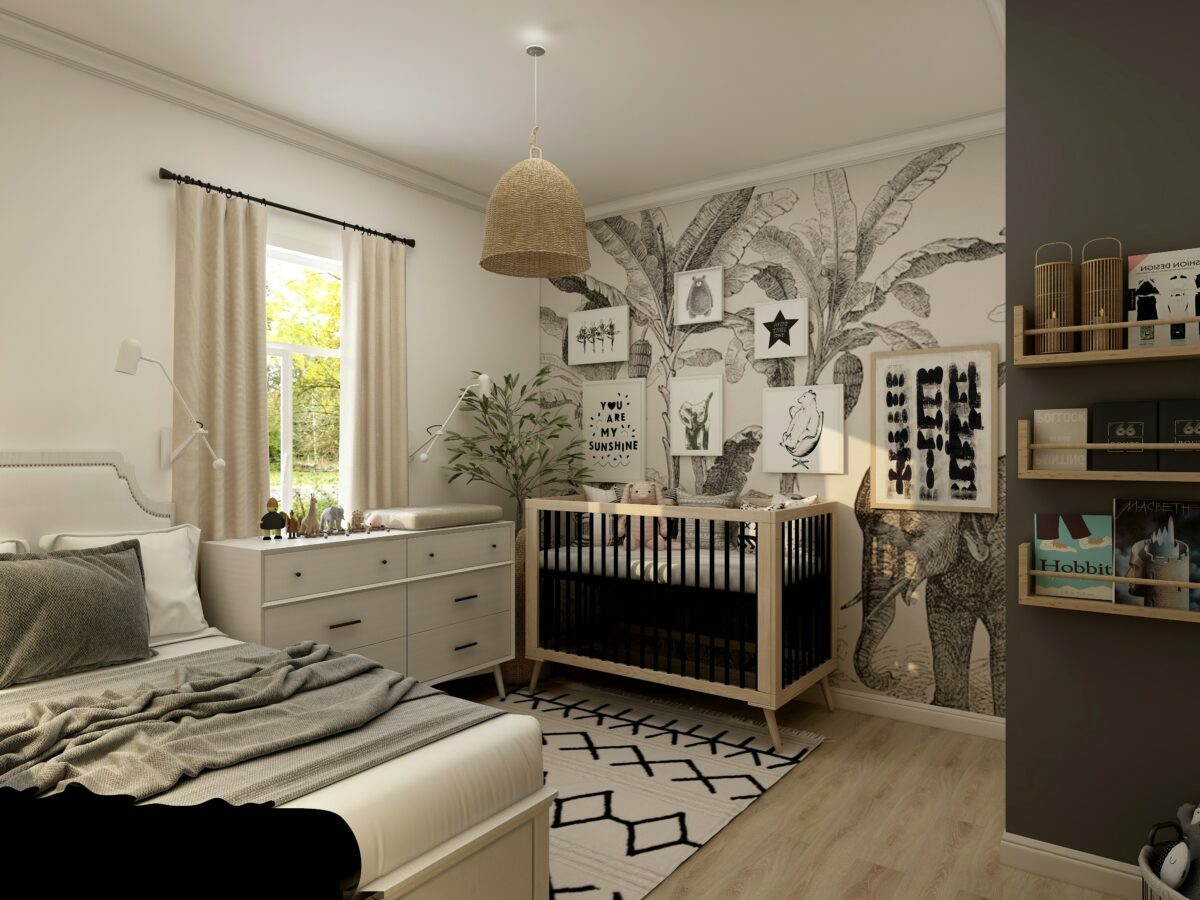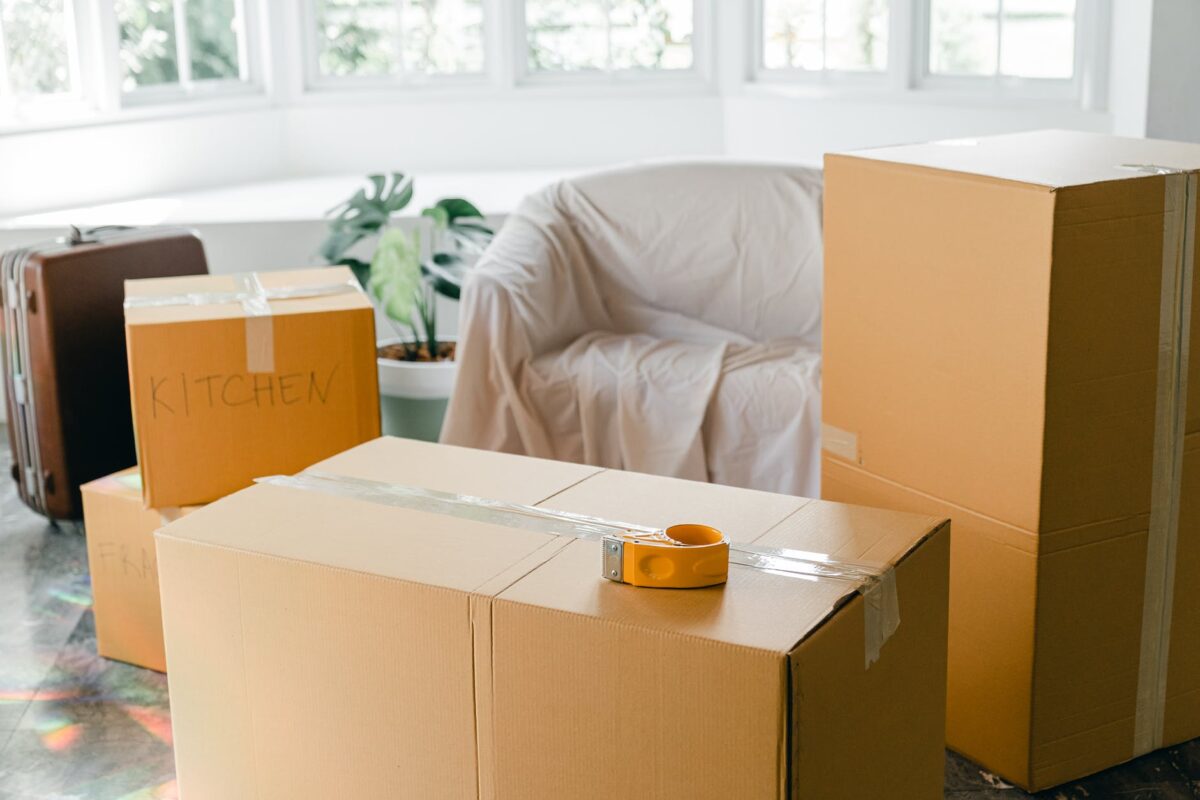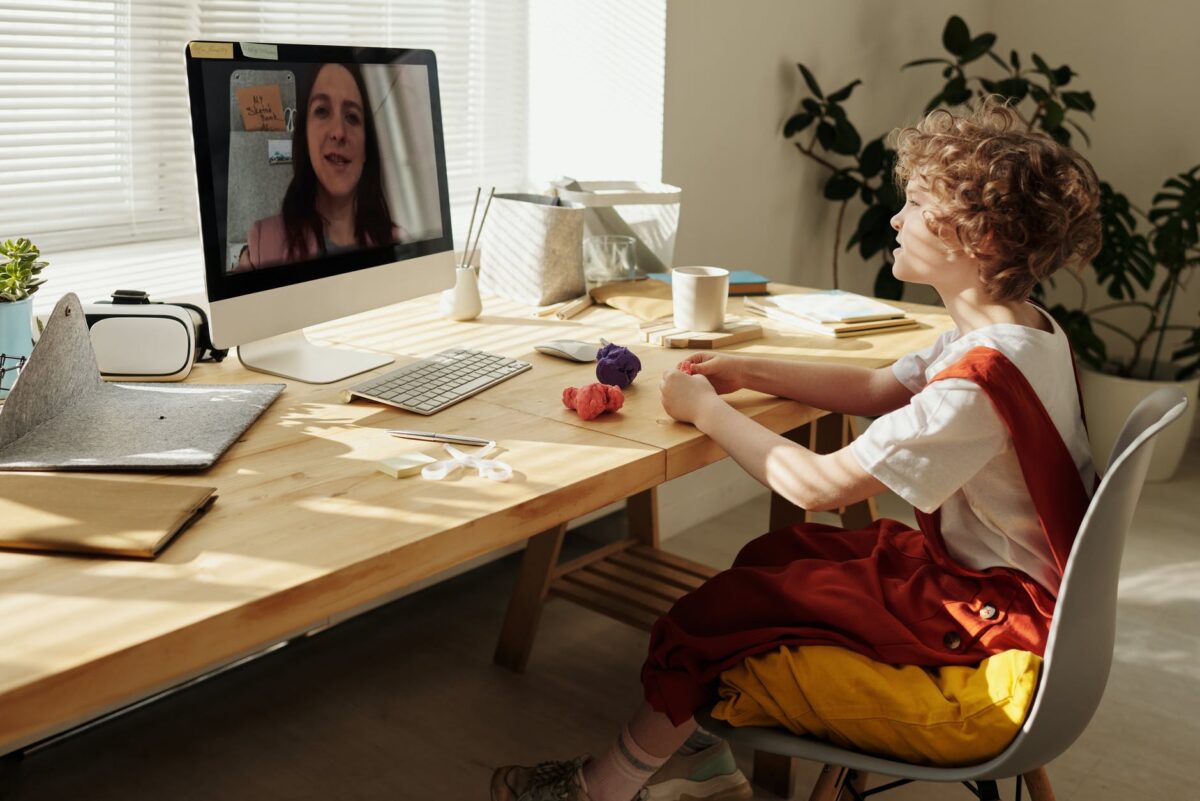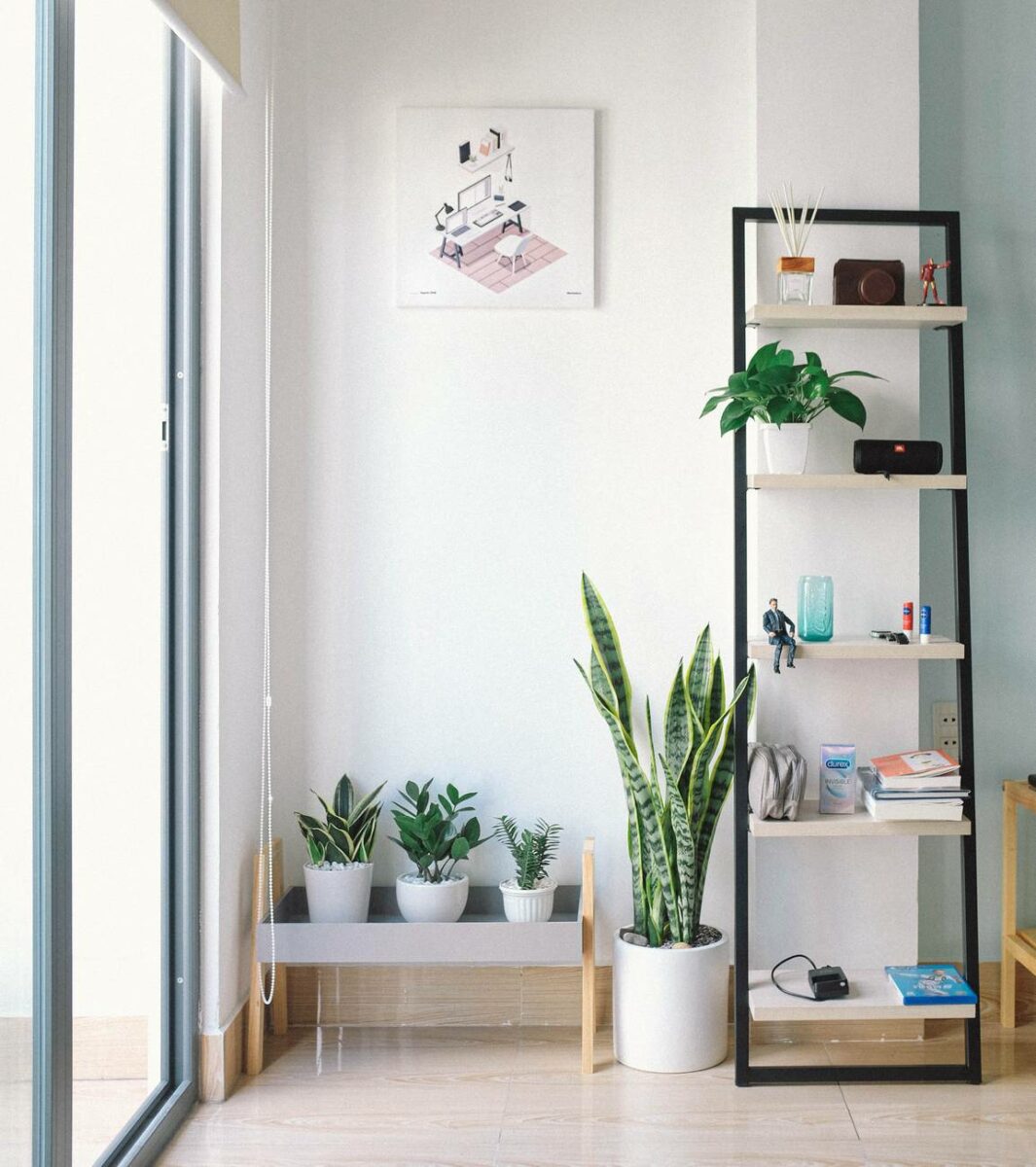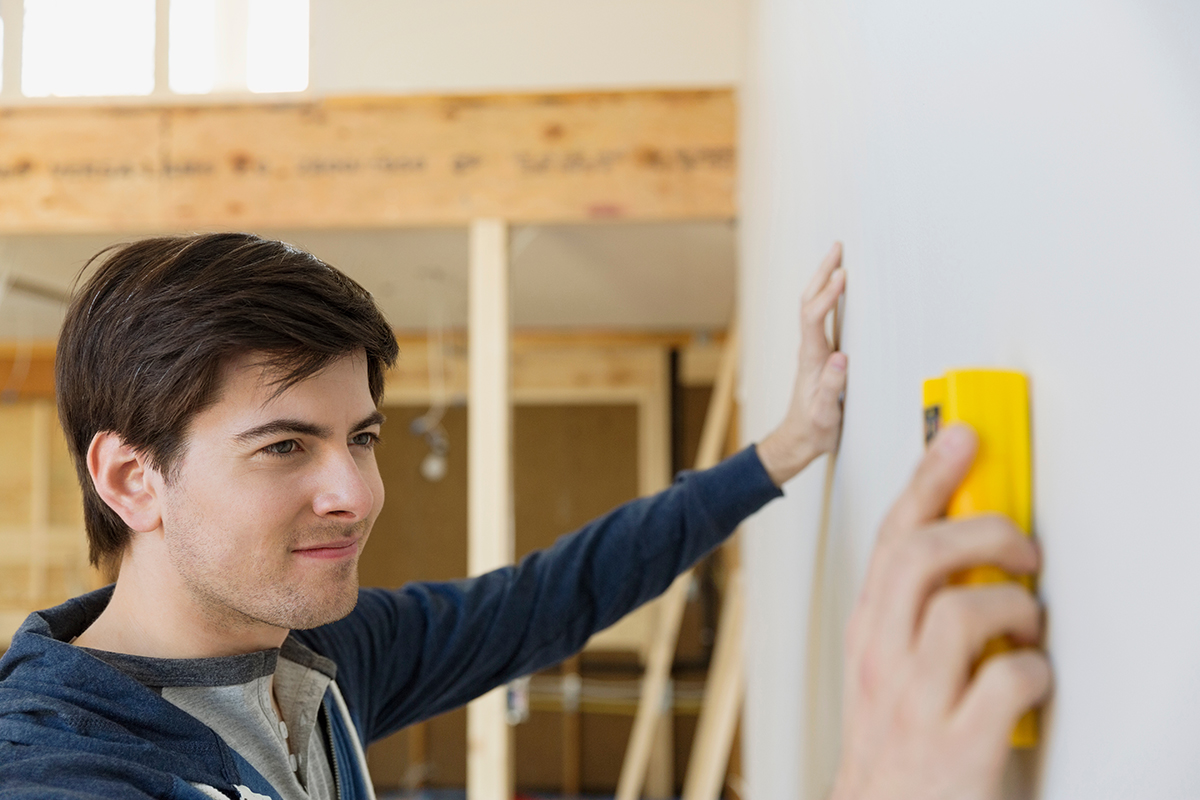Can You Paint Backsplash Tiles?
The answer is yes, and we’re here to give you all the information you need on the topic. The best part about painting over your backsplash tiles is that you can give your kitchen an instant facelift without doing any complicated renovations—and without draining your bank account. It’s budget friendly, DIY friendly, and design friendly.
Below are answers to all the major questions you might have about kitchen backsplash tile painting. Let’s dig in!
What Are The Pros and Cons Of Painting Backsplash Tile?
While painting your backsplash tiles can be a great way to inject new life into your kitchen, it may not be the best option for everyone. Below, we’ll walk you through the pros and cons.
Pros Of Painting Backsplash Tile
If you’re wondering whether you can paint over a tile backsplash, there are multiple benefits. Here are just a few:
- It’s much cheaper than retiling.
- You don’t need to remove any tile.
- There’s no cost to replace tile.
- Labor costs are minimal.
- It’s flexible for color and design.
- Flat, matte, semi-gloss, and high-gloss sheens are available.
- There are no significant messes to clean up (if you’re careful).
Cons of Painting Backsplash Tile
While painting kitchen backsplash tile is a fast, cost-effective way to redesign your space, it can have some drawbacks:
- Moisture exposure can cause paint to fade, peel, or blister prematurely. But the good news? There are two-part epoxy paints like this one that dry in a hard glaze and can handle moisture.
- Painting may require more frequent touch-ups.
- You must pick the right type of paint—epoxy or latex paint in one-part (pre-mixed) or two-part (ready-to-mix) varieties formulated for interiors. These work well on porcelain, ceramic, and unglazed quarry tile.
- Painting doesn’t work well with untreated glazed quarry tile.
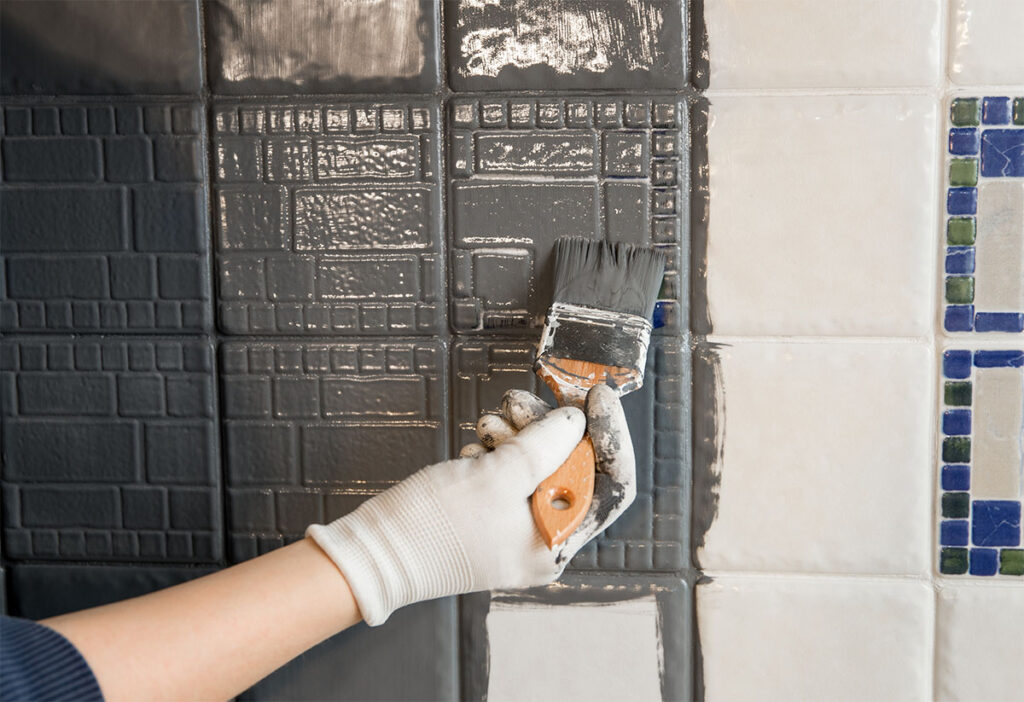
Can You Paint Over Previously Painted Tile?
Yes, you can paint over previously painted tile! This is one of the awesome benefits of painting your kitchen backsplash. And because the backsplash can be one of the few areas that really defines a kitchen’s style, painting can let you get creative more frequently if you enjoy periodic room updates.
Special Considerations for Painting Backsplash Tile
Before you paint your kitchen backsplash tiles, there are a few things to consider, including the type of tile you have, the types of paints you’ll want to use, and how to prepare the surface.
Types Of Tile
A lot of people wonder whether they can paint their ceramic tile backsplash, but it’s important to realize that there are actually multiple types of tile. Here’s a quick recap of the main kinds you’ll see:
- Glass tile
- Porcelain
- Ceramic
- Unglazed quarry tile
- Glazed quarry tile
- Stone tile
Remember: Paint doesn’t adhere well to glazed quarry tile, as we mentioned above. That said, you can use 100- to 220-grit sandpaper to gently sand off tile glaze. This will allow paint to adhere better.
Best Paints To Use
There are a few different types of paints you can use to paint your kitchen backsplash tile, including:
- Epoxy paint. This comes in either pre-mixed or ready-to-mix varieties and is the best paint for a tile backsplash, because it’s made for zones that will need cleaning (and thus exposure to water/moisture). If you want the longest-lasting coat, this is your best bet.
- Latex paint. This comes in either pre-mixed or ready-to-mix varieties and works best on low-moisture areas.
- Acrylic latex paint. If you’re painting natural stone tiles, this is the type of paint to use. Be sure it’s formulated for interior masonry or stucco.
- Chalk paint. You can use chalk paint on a tile backsplash, but it requires a pristine surface before application and will likely require a top coat to seal it against moisture.
Tools You’ll Need To Paint Your Kitchen Backsplash
When you’re painting a tile backsplash, you’ll need an assortment of tools, including:
- Epoxy or tile paint
- Acrylic caulk
- Flat paintbrush
- Foam paint rollers and tray
- Interior/exterior high-bonding latex primer
- Plastic or canvas drop cloth
- Painter’s tape
- TSP cleaner and rubber gloves
- 110 – 220-grit sandpaper
- Putty knife
Cost Estimate For Painting Your Kitchen Backsplash
Painting over your tile backsplash is far cheaper than replacing it. Unless you’re purchasing an electric sander, you can likely do the entire job for around $100. While you may have to buy some peripheral supplies, you can get a gallon of paint for roughly $20 – $35. Depending on the size of your backsplash, this should be more than enough to cover it.
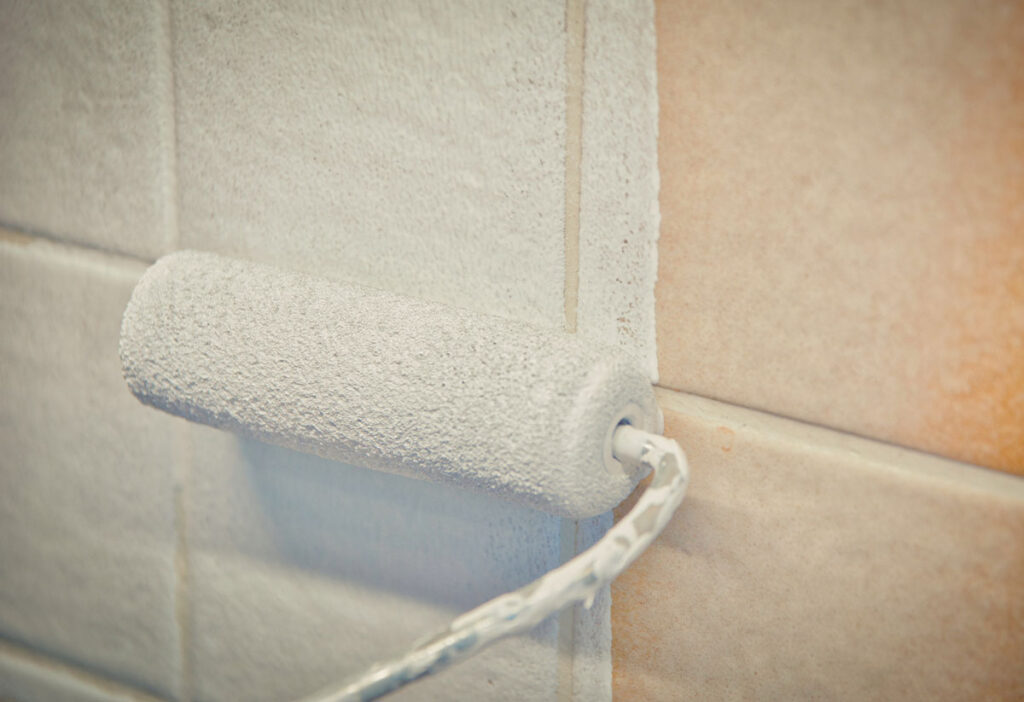
How To Prepare Your Tile For Painting
When you’re learning how to paint a tile backsplash, it’s essential that you understand how to prepare the tile for paint. Any type of dirt, grime, or glaze on a tile’s surface can cause paint not to stick, so be sure to take the following steps before starting.
- Sand the tile. Use at least 100-grit (and up to 220-grit) sandpaper to sand your tile. An electric sander can make this step easier, but be sure to hold it lightly to avoid damaging the tile.
- Vacuum up the dust. This is an important step! Any dust left on the tile can prevent paint from sticking.
- Repair broken tile. Assess any hairline cracks, and use acrylic caulk and a putty knife to fill them in. Let the caulk dry thoroughly. Avoid silicone-based caulks, because paint will have a hard time sticking to it.
- Scrub the tile and grout lines. Remove all dirt, grime, or mold from the tile. This, too, can prevent paint from sticking.
- Prime the tile. Priming your backsplash tile is essential if you want your paint to stick. Ceramic and porcelain tiles require epoxy or urethane primer, and natural stone and unglazed quarry tile require masonry primer. You can either use a roller for this step or paint each tile surface individually without painting the grout lines.
How To Paint Backsplash Tile
Once your tile is prepared, you’re ready to paint! Below are the steps you’ll need to take.
- Choose your painting strategy. You can either roll on paint to cover all the tile in a flat color, or use a brush to carefully paint each tile edge to edge without painting the grout lines. (The latter option will take longer!) You can also use the latter method to paint individual accent tiles—just be sure to plan out which ones you want to paint this way.
- Paint your tile. If you’re doing a flat coat, roll on the paint once the tile is absolutely free of grime or dust. If you’re painting by hand, use a brush.
- Let the paint dry. It’s often best to wait for two days to make sure it dries thoroughly. Don’t touch, rinse, or wipe the paint during this time. After two days, you can apply a second coat if needed.
- Add any patterns if desired. Once the base layer of paint is dry, you can either paint by hand or stencil patterns onto the tiles. This is where your creativity can shine!
- Seal the painted tile. This will protect your tile from grime, scuffs, scratches, and moisture. Use urethane sealer for porcelain and ceramic tile or masonry sealer for quarry and natural stone tile.
Now you know how to paint a tile backsplash! As you might have expected, it’s one of the easiest ways to enjoy a new look in your kitchen. And if you’re too busy to do the job yourself, you can always hire a Tasker.
Last updated on May 8, 2023 by Brent S.

